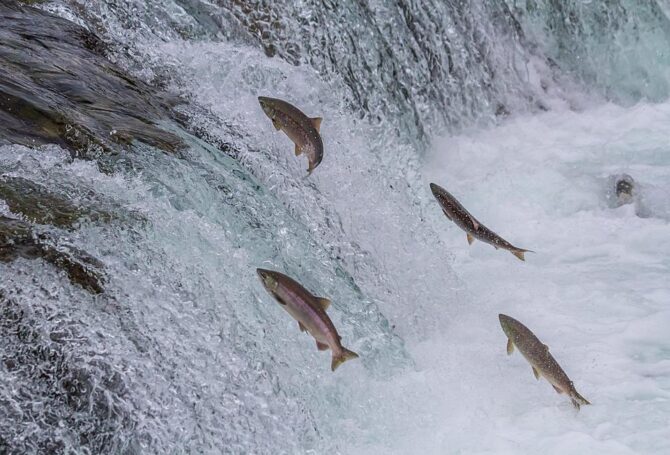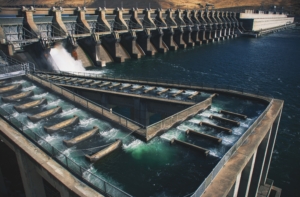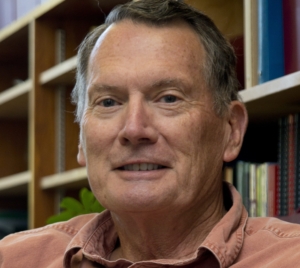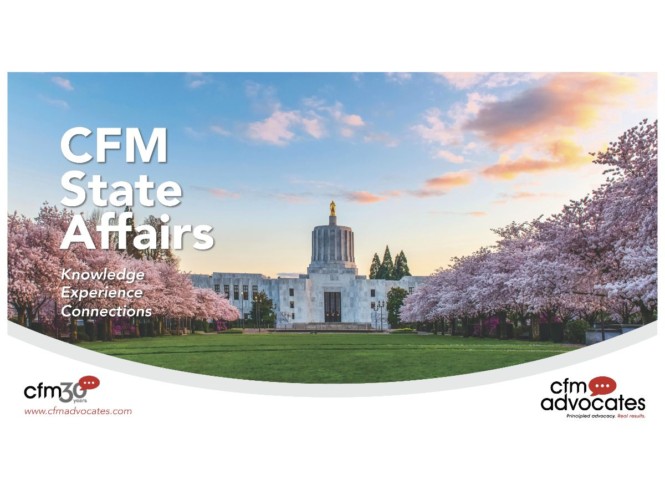
New Study Finds $9 Million Investment Hasn’t Produced Measurable Results
Chinook salmon is the official state fish of Oregon. However, that distinction hasn’t reversed the steady decline of native salmon in the Columbia River Basin, according to a new study.
 OSU applied economics professor William Jaeger and Mark Scheuerell, a biologist with the U.S. Geological Survey and the University of Washington, reviewed 50 years of native and hatchery fish return data. They found the number of hatchery fish returning as adults has increased slightly but native stocks have not.
OSU applied economics professor William Jaeger and Mark Scheuerell, a biologist with the U.S. Geological Survey and the University of Washington, reviewed 50 years of native and hatchery fish return data. They found the number of hatchery fish returning as adults has increased slightly but native stocks have not.
Equally if not more disappointing is their finding that the inflation-adjusted $9 billion spent on fishery restoration has largely failed. “We found no evidence in the data that the restoration spending is associated with a net increase in wild fish abundance,” Jaeger said.
In an article by Alex Baumhardt of the Oregon Capital Chronicle, Jaeger and Scheuerell also raised doubts about the efficacy of hatchery fish. They said hatchery-born salmon and steelhead adults have grown slightly while spreading disease to native fisheries and competing with them for food. Some hatchery fish, they added, prey on wild fish.
There are about 200 salmon hatchery programs in the Columbia River Basin, and 80 percent of all salmon and steelhead that return to the Columbia River as adults started their lives in hatcheries, Baumhardt reported, citing the National Oceanic and Atmospheric Administration fisheries as her source. “The actual impact of all of these efforts has always been poorly understood,” Jaeger said.
Steelhead, chinook, coho and sockeye runs have been declining for 150 years, according to U.S. Fish and Wildlife Service.
 Fish Run Declines
Fish Run Declines
Steelhead, chinook, coho and sockeye runs have been declining for 150 years, according to U.S. Fish and Wildlife Service. The blame has been laid on overfishing, hydroelectric dams, water pollution from farming and habitat loss from mining and logging.
Before the dams were built, 16 million salmon and steelhead returned annually to the Columbia River area where Bonneville Dam is located. The runs have dwindled to 1 million per year. In the early 1990s, 12 runs of Columbia River salmon and steelhead were listed as threatened or endangered.
In response, fish hatcheries were built. An OPB-ProPublica investigation last year found federally subsidized Columbia River hatcheries spent between $250 and $650 for every returning hatchery fish.
David Moskowitz, executive director of the nonprofit Conservation Angler, told Baumhardt, “The hatchery promise was made without any idea if it would work. It was a failed promise”. “We’ve lost so much,” Moskowitz said. “It is a death by a thousand cuts, but we’re just whacking ourselves in the back of the head, too, by spending so much on hatchery fish.”
The 2023 Oregon legislature approved Senate Bill 5509 that provides $1 million for a third-party cost-benefit analysis of Columbia River Basin hatcheries.
 Pointing a Finger at Lost Habitat
Pointing a Finger at Lost Habitat
Robert T. Lackey, an OSU wildlife and conservation sciences professor, posted a blog in 2022 that shared findings from interviews with 58 fisheries scientists on the impact after 20 years on wild runs in the Columbia River Basin if fishing was stopped and hatcheries were closed.
Lackey reported 83 percent of the scientists predicted wild salmon and steelhead runs in the Basin would decline without hatchery stocking and fishing, while 12 percent thought wild runs would benefit.
“Based on these results,” Lackey concluded, “salmon fishing and hatchery additions are not currently believed to be among the major drivers of the low abundance of wild salmon in the Columbia River Basin.”
He added, “The current overall abundance of wild salmon in the Columbia River Basin, which is roughly 2-4 percent of pre-1850s levels, is withing the expected range given the amount and availability of high-quality salmon habitat, past and current ecological changes and overarching trends in oceanic and climate conditions. Stopping fishing and closing hatcheries likely will not drastically change current wild salmon abundance in the Basin and it may well drive wild runs ever lower.”
His blog post including a graphic showing accessible salmon habitat in the Basin is only 45 percent of pre-1850 levels, with nearly 1,700 miles of habit no long accessible for salmon or steelhead.




